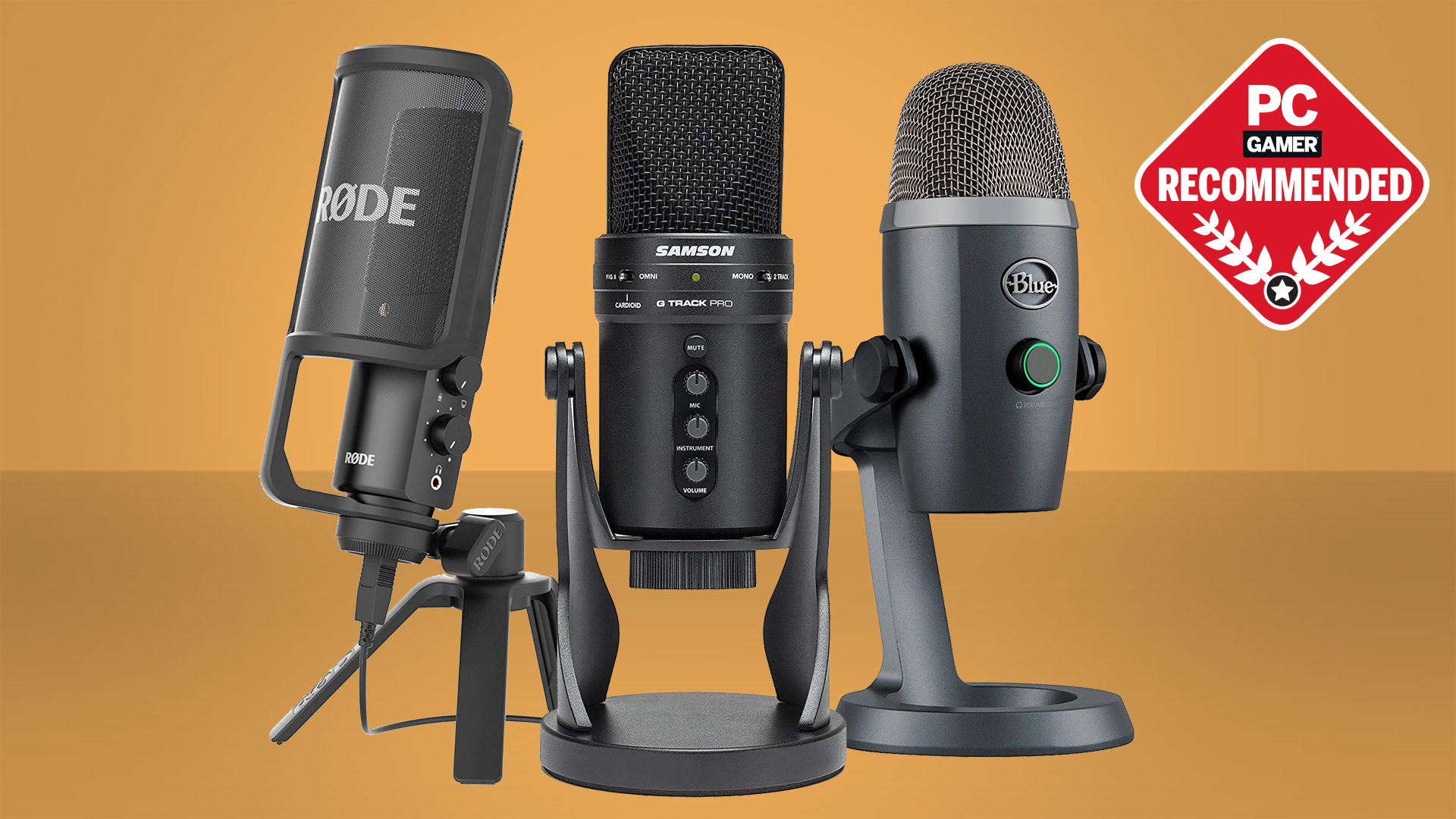Time to update: Nvidia Broadcast is now embedded in iCUE and Elgato software
Blur the background, kill the noise, and pretend you're somewhere else for a while.

Corsair has today started integrating the impressive Nvidia Broadcast AI featureset into its Elgato camera and microphone software, as well as into iCue for Corsair headsets. The updates are available right now, and I've just upgraded my Camera Hub software so I can blur out the background on my Elgato Facecam.
Or else pretend I'm anywhere else right now, preferably somewhere with sub-zero temperatures. Mmm, frostbite would feel so good right now.
A new tab appears at the top of the Camera Hub software, allowing you to use the AI-powered Nvidia tech to blur your background, remove it entirely, or replace it with something else. And it's fine, but still not a 100% reliable thing to cut you out of backgrounds.
You need an RTX graphics card, because part of the software relies on the Tensor Cores, but even with the GeForce RTX 3090 in my home machine I still get shimmering on my hair and gaming chair where it phases in and out of reality.
It's the audio side of Nvidia Broadcast that's the most impressive, however, and that uses AI to filter out background noise, and conversations, as well as compensate for fan noise. It can also offer different acoustics, countering echo in non-padded rooms. And that's being brought into effect with nearly all the Corsair headsets, Elgato mics, and XLR microphones using the Elgato Wave XLR.

Best microphone for gaming: make sure you're heard
Best webcams: be seen while you get your stream on
Best capture cards: lessen the load with a dedicated card
The standalone Nvidia Broadcast app can be used in conjunction with any RTX graphics card (and we've also had its forerunner, RTX Voice, running on GTX cards, too) and will work on any microphone or webcam as well. But that means it's just another app to go wrong, and I spent a lot of time at the start of PC Gamer team meetings holding up a 'hold on a sec' finger to my camera while I restarted Nvidia Broadcast or switched audio inputs, just so everyone could hear what I was saying.
Integrating it into the software of particular peripherals, however, ought to at least make it more seamless to use when it comes to jumping on that Zoom call. Well, that's the theory anyways—I've got the Elgato Facecam at home and the Elgato Wave:3 microphone in the office, so we'll see how it gets on.
Keep up to date with the most important stories and the best deals, as picked by the PC Gamer team.

Dave has been gaming since the days of Zaxxon and Lady Bug on the Colecovision, and code books for the Commodore Vic 20 (Death Race 2000!). He built his first gaming PC at the tender age of 16, and finally finished bug-fixing the Cyrix-based system around a year later. When he dropped it out of the window. He first started writing for Official PlayStation Magazine and Xbox World many decades ago, then moved onto PC Format full-time, then PC Gamer, TechRadar, and T3 among others. Now he's back, writing about the nightmarish graphics card market, CPUs with more cores than sense, gaming laptops hotter than the sun, and SSDs more capacious than a Cybertruck.

